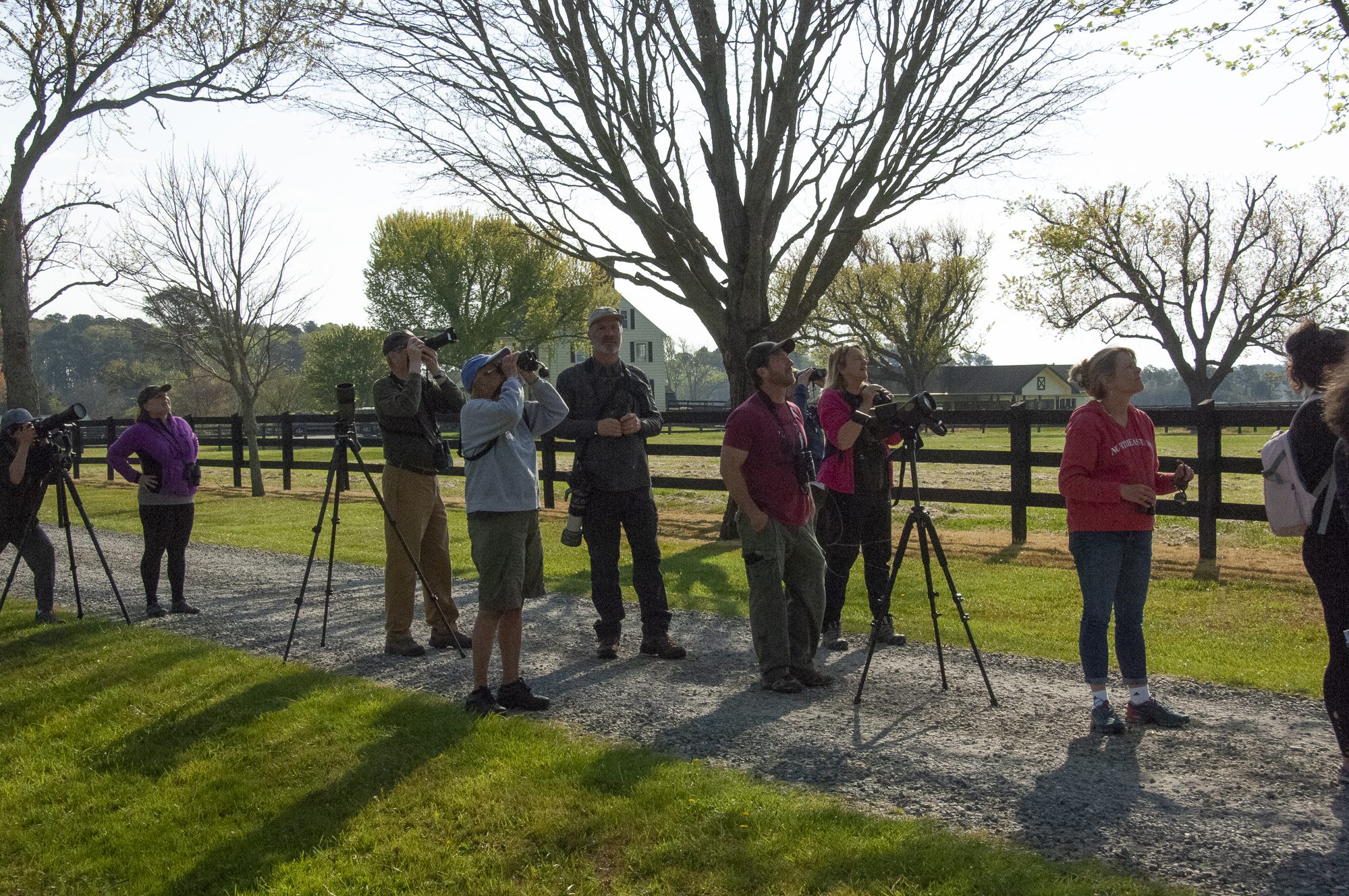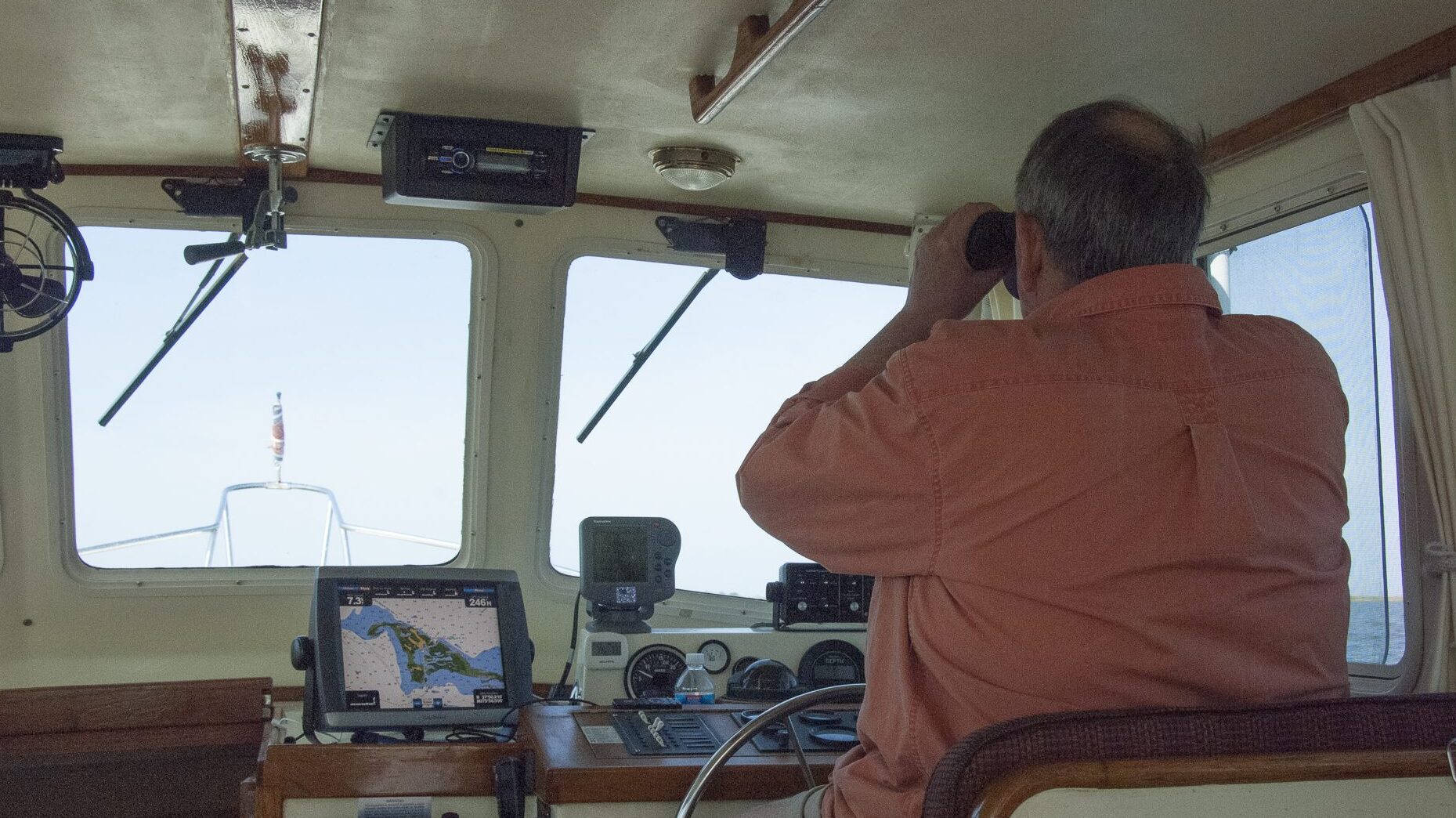Look for binoculars that are handy to use and easy to carry
Travel-friendly binoculars, often called compact binoculars, let your curiosity see what’s beyond your vision when you’re on the go. They make an ideal addition to your travel gear because they’re small and lightweight. They can be a powerful optic that’s ideal when you’re walking city streets and looking for the sign of a nearby restaurant or strolling on a nature trail and spotting a heron on the edge of a nearby pond.
Tuck them in your pocket as you venture through a museum exhibit, watch your kid playing on the soccer field, or get a close-up view of a rock star performing at a concert. Keep travel binocs handy and you’ll enjoy seeing more of everything around you. They’re a travel accessory you’ll use time and again, but only if you remember to bring them.

Many uses for compact binoculars
When we’re on the road they are handy because they’re easy to use in a hurry. Often if we’re looking at a small road sign that’s difficult to read or a large billboard with fine print, compact binos make signage easier to read. And when we leave the car, compacts can easily slip into a purse or jacket pocket wherever we wander.
When we spend time outdoors these lightweight binoculars are useful when peddling a bicycle, paddling a kayak or canoe, or walking on a nature trail. The size, shape and weight matters when you’re on the move.
What to consider choosing compact binoculars
When choosing compact binoculars our priority are binocs that are easy to focus and carry. They also must provide a clear, sharp, and bright image.
Choose 8- power magnification for a wider field of view or 10-power for a more detailed look. The 8-power optic means the object you see will be 8 times closer than what you see with your eyes. But remember the more magnification, your hand shaking becomes a factor.
The objective lens at the front of the binocular and gathers the incoming light. A good choice for compact binoculars is 25mm diameter. It allows the binoculars to be lightweight but still gather enough light for bright images even in shade or on overcast days. Compact binoculars with numbers of 8x25mm or 10x25mm are popular sizes.
It’s all about the numbers
The first number is their magnification power and makes the image seem closer. The second number is the diameter of the objective lens in millimeters. The larger the number means the better the binoculars can see in dim light. For example, a popular size for compacts is 8×25 and means the binoculars have 8 times magnification and 25 mm lens. If you look online at compact binoculars, you’ll see a range in sizes like 8 or 10 magnification with an objective lens diameter in the 25 to 28 range. As the objective lens size increases so does its weight. The physical size and weight are important because binoculars should be comfortable hanging around your neck and lightweight so you can carry and pack them.

Size and shape
The type of prism inside the binocular’s body can be either porro or roof. These prisms invert the image coming through the objective lens to produce an upright image you see in the eyepiece. The type of prism determines the shape of the binocular’s body. Porro prism binoculars have wider spaced barrels. Roof prism binoculars have straight barrels smaller in size and shape, sometimes lighter in weight, too.

Protective surfaces and coatings
Compacts with rubber coating are durable and sthe outside coating will protect the binoculars if you drop them; but not a guarantee they are shatterproof. Being fog proof is a good feature especially if you go from a damp, warm area to one that is cold. Waterproof vs. water resistant binocs are a good choice if you’re planning to use them on the water or on a rainy day.
Binocs with multiple lens coatings are better at transmitting light. Check it out with a flashlight. Shine the light into the objective lens at an angle, then move and tilt the binoculars until you see a blue or green reflection. If you don’t see this reflection, then the lenses are probably not coated.
Start with an inexpensive pair
Pricewise compact binoculars can cost anywhere upwards of $40. If you’re new to buying binoculars, buy what you can easily afford; it’s more than OK to have beginner binoculars to experiment with, and then upgrade to more expensive ones as your experience grows.
More to consider
The goal is to learn about the features of binoculars that are important to you so you’ll choose what’s right for you. You’ll see binoculars are advertised as weatherproof, fog proof and waterproof – all features to consider when choosing them for a specific activity. Shockproof is a feature meaning the optics are durable with a rubber armor coating. Do they have individual, attached or separate lens covers? If you wear glasses most good quality binocs have adjustable rubber eye cups so you can fold and make viewing with glasses more comfortable and place your eye at the right distance from the eyepiece to see the full image.
Get your hands on binoculars
You can ask a friend to test their binoculars, but realize they are a very personal thing. Your friend’s binocs are adjusted to their eyesight so don’t reset them unless you ask permission; and then make sure to reset them as best you can. Just like a car driver has the driver’s seat position adjusted to fit their body, binoculars are adjusted to their eyes. Everyone’s eyesight is unique to them, that’s why we always suggest not sharing them. You may borrow someone’s reading glasses in a pinch but not their eyeglasses so in our book BYOB means “Bring your own binoculars.”
Try before you buy at a retailer
Get your hands on different types and sizes of binoculars to hold them and feel their weight and see their viewing power. To do that go to a specialty retailer for photography or outdoor sporting goods. Scan the store and notice the view of displays (and people) up close and those in the distance. I was considering buying stabilized binoculars because I have a balance disorder which can make viewing unsteady. After using a pair stabilized binocs at a high-end photography store I didn’t notice that much of a difference from my standard 8x42s.
Another place you may find a selection of binocs is at a birding festival where manufacturers often have a booth.
Buying binoculars online
The variety of binoculars and price and quality range dramatically online and can be staggering to a first-time binocular buyer because of the number of them. But it’s easy to buy there, especially if you don’t have a nearby retailer. Do your homework and decide the features you want and the price you can pay before making any purchase. If you’re buying binoculars online look for a seller who offers a support desk to help you narrow down your selection. And just as important, is there support person to answer any questions you have after using the binoculars. Read the Reviews of the binocular from other buyers and consider their comments; and look for online sellers that have a generous return or replacement policy.
A few tips to get the best performance of your binoculars
- Wipe away any dust on the lens and eyepieces with a dry lint-free cloth
- Adjust the strap so it hangs comfortably around your neck, but not too long as it will sway back and forth as you walk.
- Adjust the distance between the eyepieces by grasping the binocular’s barrels and move them in or out to fit the width of your eyes
Good luck choosing binoculars to use wherever you wander. And don’t leave home without them.
Gene and Katie Hamilton travel the U.S. extensively in search of a favorite place. They are members of the Outdoor Writers Association of America.
Post Views: 6,399
|













